For 180-years, people have been asking the question: is photography art? At an early meeting of the Photographic Society of London, established in 1853, one of the members complained that the new technique was "too literal to compete with works of art" because it was unable to "elevate the imagination". This conception of photography as a mechanical recording medium never fully died away. Even by the 1960s and 70s, art photography – the idea that photographs could capture more than just surface appearances – was, in the words of the photographer Jeff Wall.
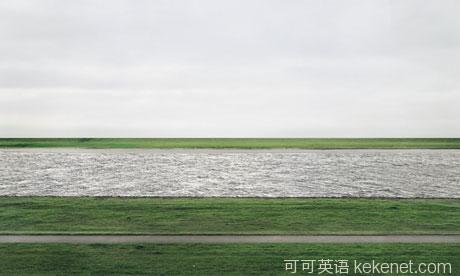
同样灰色天空下的灰色莱茵河
The show is not a survey but rather examines how photography's earliest practitioners looked to paintings when they were first exploring their technology's potential, and how their modern descendants are looking both to those photographic old masters and in turn to the old master paintings.
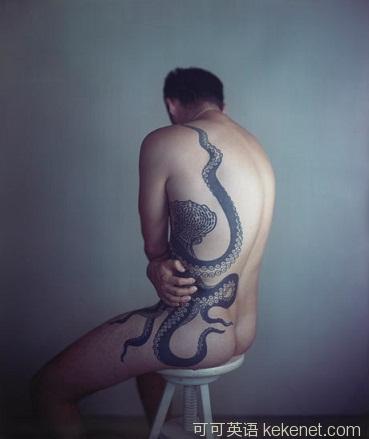
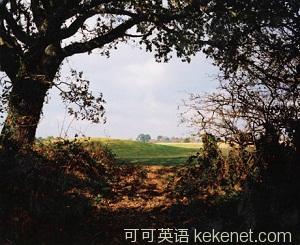
What some pioneering photographers recognised straight away was that photographs, like paintings, are artificially constructed portrayals: they too had to be carefully composed, lit and produced.
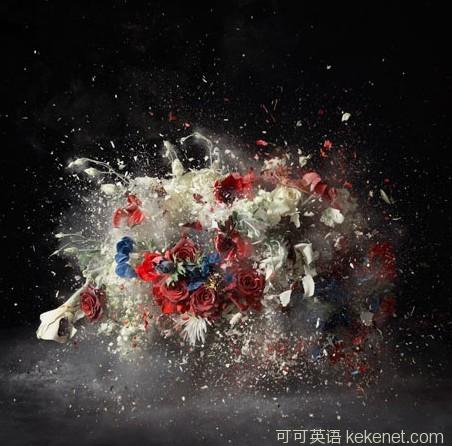
If early photographers had no option but to negotiate their own engagement with painting their modern descendants can call on nearly two centuries of photographic history. It is a point the exhibition makes by combining old and new.
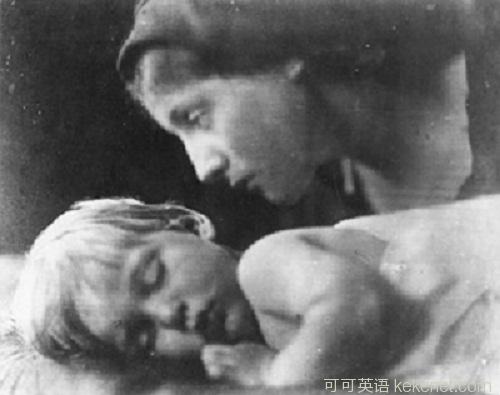
This exhibition lays out what photography's founding father could never know: how the camera has also always been the pencil of art.











